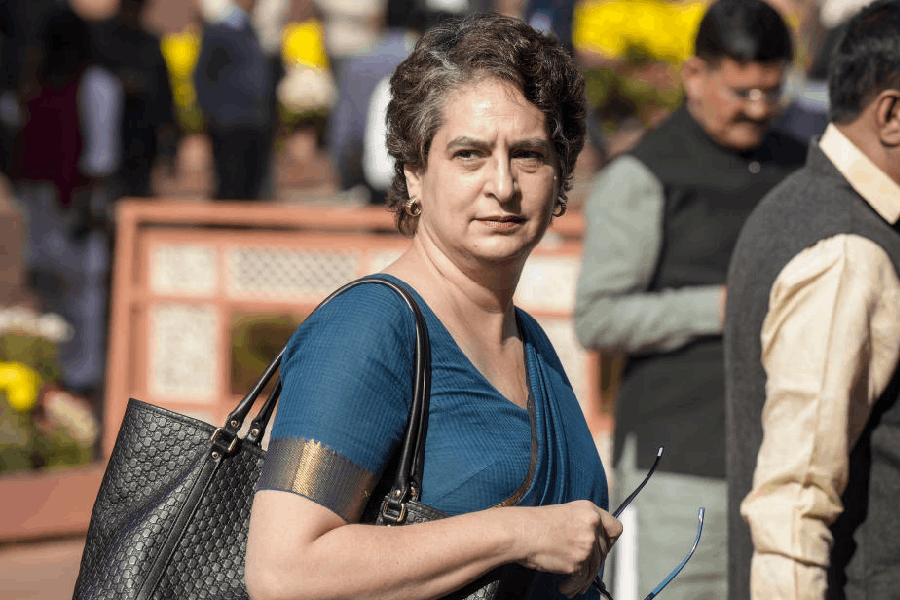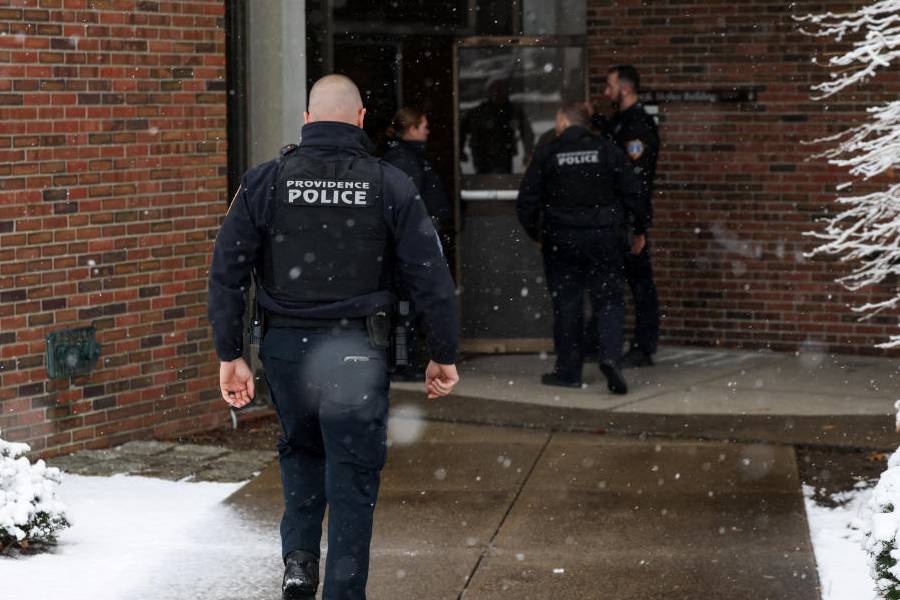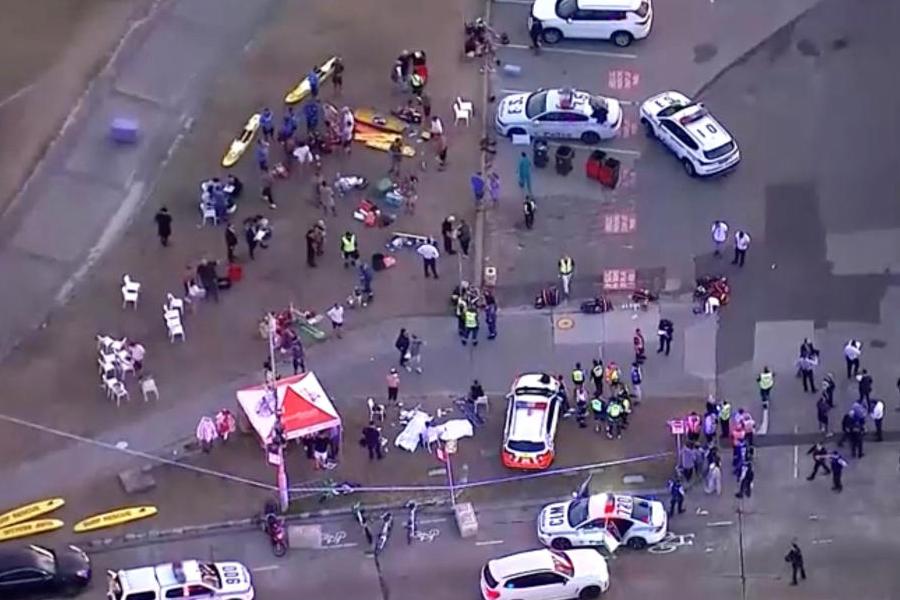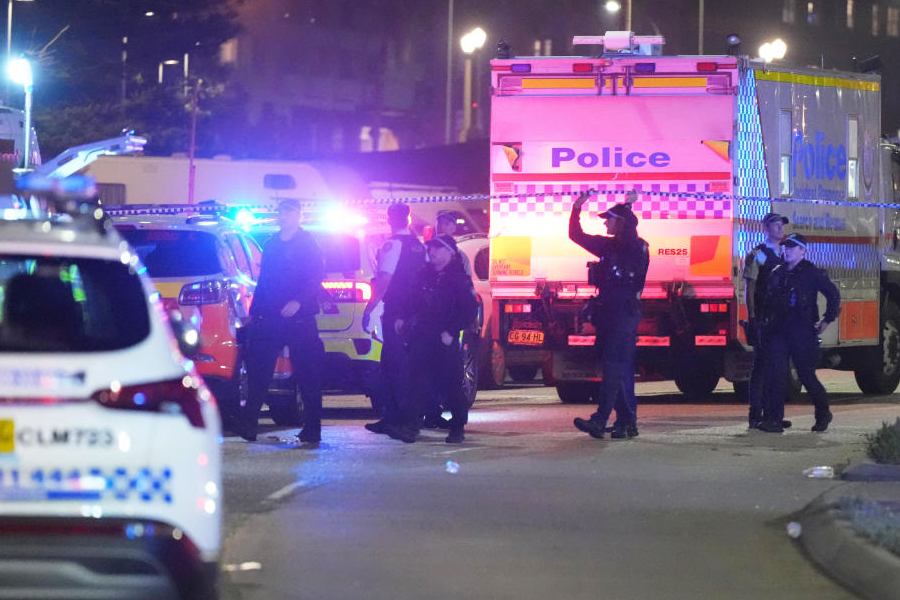 |
| One of the five mandaps at Amla Para in Jharia on Monday. Ten courtiers of Jharia estate had started the Puja here in the early 20th century. Picture by Gautam Dey |
Majestic pandals and dazzling lights may dot the city, but if your heart beats for all things traditional, head to Jharia.
The old cultural and financial centre of Coal Belt at Jharia has five traditional Durga Pujas organised at five mandaps by the descendants of the erstwhile ruler of Jharia estate and his subjects.
While the main Puja of Jharia estate is performed at the Durga Mandir of old fort, Jharia estate, near Raja Talab, other four traditional Pujas are performed nearby at Mishra Para, Poddar Para, Amla Para and taxi stand areas.
Jharia was one of the richest princely estates under Calcutta Presidency during British times because of huge coal revenues.
On how the worship of the goddess came about, Ranjit Singh, a present-day descendant of Jharia royalty, said his ancestor Sangram Singh had waged a battle with Dom Raja of Sindri around 1860AD in which a sword got stuck in his right palm.
“Praying to goddess Durga, Sangram Singh promised her he would start the tradition of formal Durga Puja on a lavish scale during Navratri if the sword came out,” recounted Ranjit Singh. “And, the sword did come out.”
So, Sangram Singh built the temple at old fort and started Durga Puja in 1861. The temple was renovated, remodelled and beautified by his descendants Jaimangal Singh, Durga Prasad Singh and Shiva Prasad Singh.
In the early 20th century, the opulence of Jharia estate reached its zenith. The Puja became grandiose. A procession with the king on a palki with royal members on horses and elephants made rounds during Navratri.
After Independence, royalty lost its powers. As the source of revenue dried up, the opulence of the Puja sponsored by the Jharia estate had to tone down.
But, the Puja stayed traditional to the core, attracting the devout from across the town, elsewhere in Dhanbad district and outside.
“Three other Pujas at Maa Adyashakti Mandir (Mishra Para), Mukherjee Mandir (Poddar Para) and Panchdev Mandir/Chotir Mandir (in what is now the Taxi Stand area) were started by three priests of Jharia estate in the 19th century’s last quarter,” said Sujit Mishra, descendant of chief priest Nand Kishore Mishra.
Ten courtiers of Jharia estate started the Puja at Amla Para in early 20th century. The traditions continue.











